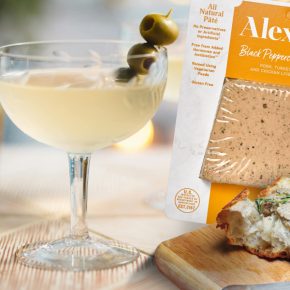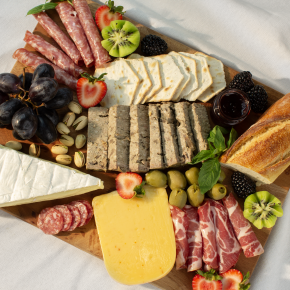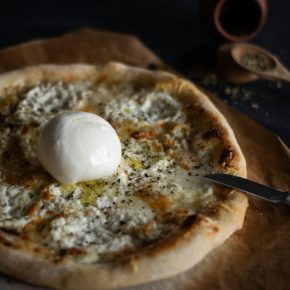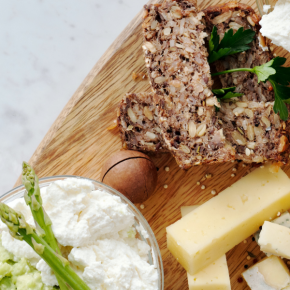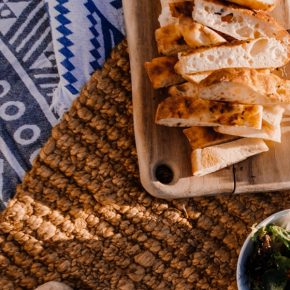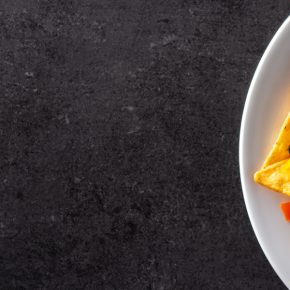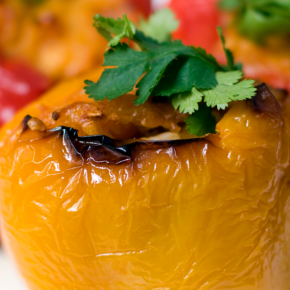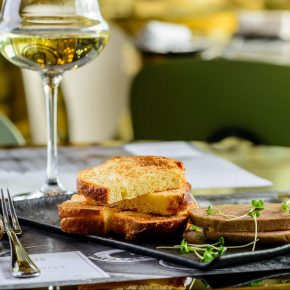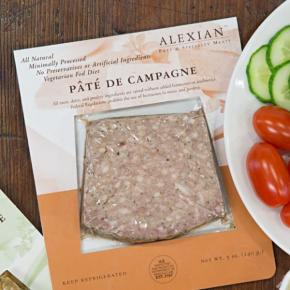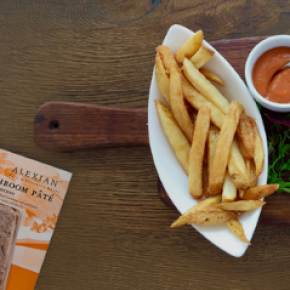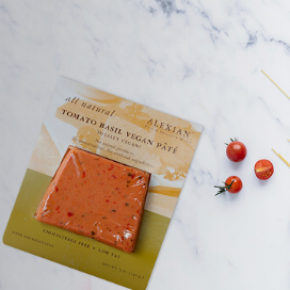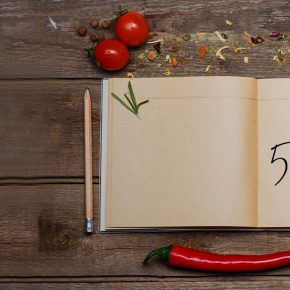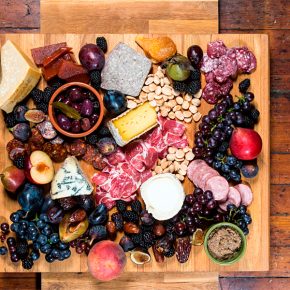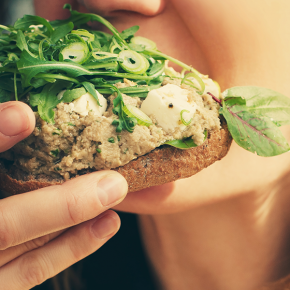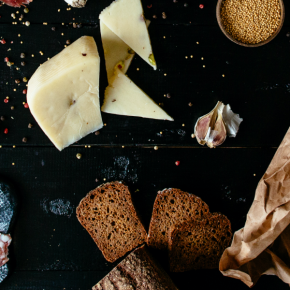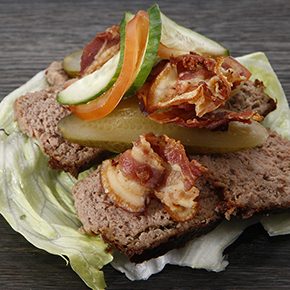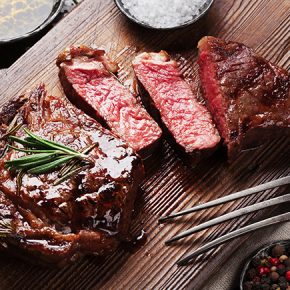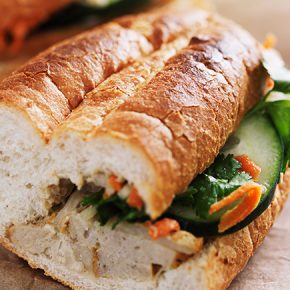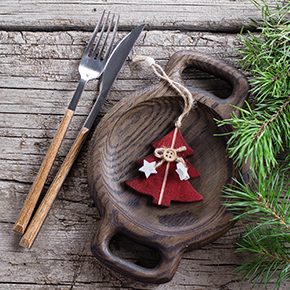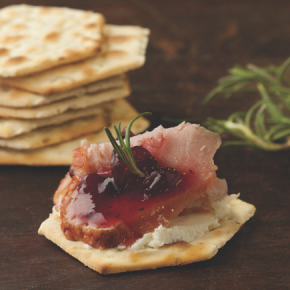
Pass the schmaltz!
Pâté may feel like a fresh find for any charcuterie newbie, but the tasty treat has actually been served for centuries! Historians generally agree that pâté originated in medieval France as a means to preserve freshness in game meat. By the 19th century, pâté could be found in many French dishes: stuffed pastries, en croûte, and foie gras is often featured as an ingredient in pâté.
Did you know that the recipes of Alexian Pâté originate in Southern Germany, where the founder of our company was born? The family who founded Alexian – and still runs it today – comes from generations of butchers and “wurstmachers” (sausage-maker in German), who made pâtés, sausages, and other specialty meats for the community and family to enjoy.
While the culinary worlds of France and Belgium innovated these recipes, pâté has made its way across borders and found new homes in other countries, too. In Eastern Europe, salted and minced herring pâté is known as vorschmack, and is served on rye bread with onion and apple as a breakfast snack. Traditional Jewish cuisine features chopped liver, primarily composed of pâté and often enhanced with schmaltz, a delectable spread of clarified goose or chicken fat.
Pâté has also taken off in the area formerly known as Yugoslavia, as pašteta, a thin spread featuring meat from chicken, pork, turkey, or even tuna. Pâté has also found an audience outside of Europe – fans of Vietnamese báhn mi sandwiches may have encountered a spread of liver pâté on their baguettes.
We’re excited to see what happens next, as pâté continues its journey around the culinary globe. Are you enjoying pâté in an unexpected place? Tag us on Instagram @alexian_pate and show us how!






